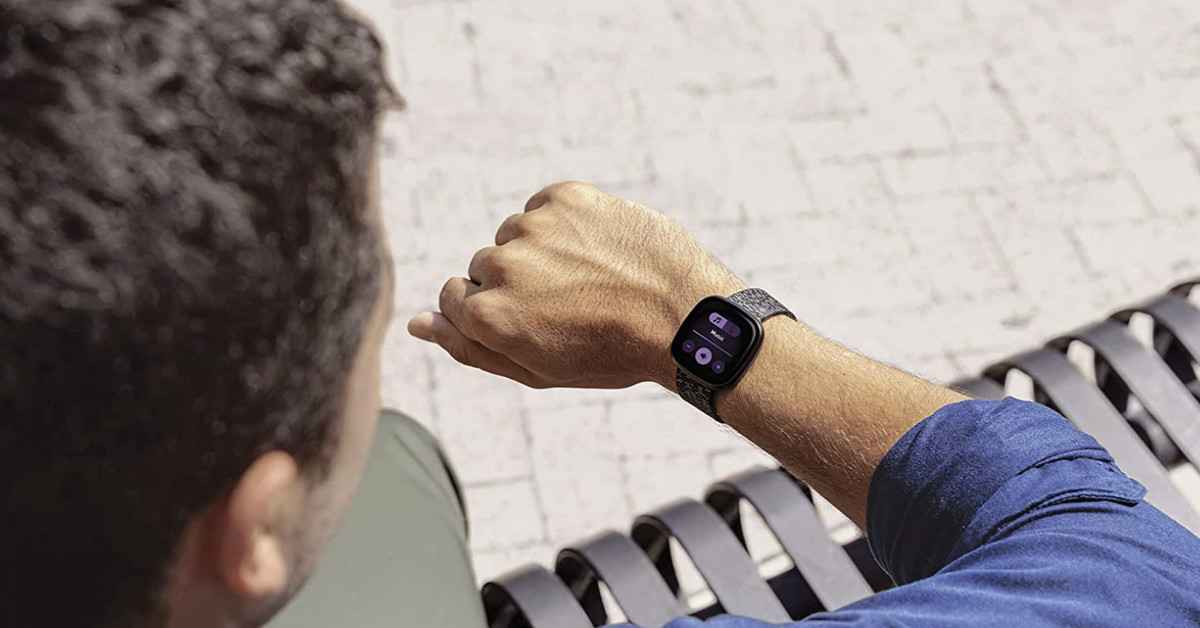
Fitbit is launching a new Sleep Profile feature for premium members that will categorize users as one of six animal characters, the company announced today. Users are grouped based on 10 sleep metrics — five of which are new to Fitbit.
The research team wanted to give people more information about how they sleep, says Karla Gleichauf, the senior research scientist at Google who led the research for the feature. “We were also influenced by some fun things, like game design or the Harry Potter quizzes about what house you’re in,” she says. “People love to be categorized. So, we said, ‘I think this is just really fun’ — it’s another kind of identity to people.”
For example: Fitbit co-founder James Park is a dolphin, Gleichauf says. People with dolphin sleep animals tend to go to bed at variable times, go to sleep late, and take lots of naps. When they do sleep, though, it’s very restful. “These are people who have a lot of area for improvement,” she says.
The feature appears similar to Samsung’s Galaxy Watch 4 sleep coaching program, which assigns users one of eight sleep types — each associated with an animal. Samsung then prompts users to start a program to improve sleep quality.
To build the new Fitbit feature, the research team looked at a month’s worth of sleep data from around 60,000 users to create the various profiles, Gleichauf says. The team started with 1,000 different features and tested various machine learning algorithms to eventually zero in on six different categories of sleepers. (Respectively: giraffe, bear, dolphin, hedgehog, parrot, and tortoise.) The six groups each have distinct attributes, like the dolphin, which is known for waking up more easily, and the parrot, which tends to have a consistent bedtime.
The final feature gives users information about 10 metrics, all of which feed into the overall Sleep Profile. Five already exist in other parts of the app — like sleep duration and REM sleep. Five others are new and just available in the Sleep Profile. Those include things like bedtime consistency, days with naps, and time before sound sleep.
People have to sleep with Fitbit at least 14 nights each month to get their Sleep Profile.
The research team validated the profiles and metrics through two studies that looked at people’s perception of their own sleep, Gleichauf says. One looked at data from 1,000 people who assessed their sleep on the Pittsburgh Sleep Quality Index along with using Sleep Profile and found that the results lined up with their sleep animals, she says.
The team also conducted a separate study of around 18,000 people using the profile to check the ‘time before sound sleep’ metric. The study tracked sleep behaviors, perceptions and habits over a few weeks and used the results to tweak the algorithm for that metric, Gleichauf says. “It tries really get at that really hard question of — how long did it take you to feel like you fell asleep?” she says. “That’s totally new to Fitbit.”
Right now, the Fitbit Sleep Profile just offers an assessment of someone’s sleep. But eventually, Gleichauf says, the feature could expand to give people information about how they might improve the metrics that their profiles show they most need to work on. “I think the monthly sleep analysis is the key to providing that personalized guidance because it pinpoints these are the areas that — if you’re interested — you can improve,” she says.
